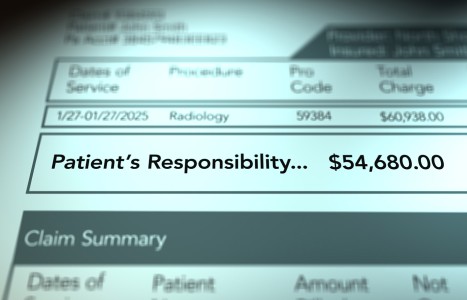Recent laws in New Jersey and California represent a disturbing trend that will negatively impact a practice’s ability to collect monies from patients, as well as expose them to significant penalties if the practice does not follow the mandatory guidelines to a T. Please be aware that a similar law may be coming to your state. The time to act is before the law is passed.
State Colleges of Chiropractic -- It's Time to Discuss the Pros and Cons
American taxpayers subsidize public institutions graduating doctors of medicine and doctors of osteopathy. These subsidies take the form of constructing and supporting state colleges of medicine and state colleges of osteopathy. Taxpayers pay for libraries and learning resource centers; computer installations; audiovisual facilities; centers for clinical studies and laboratory research; animal quarters; teaching hospitals; outpatient clinics; and all sorts of ancillary services. Taxpayers underwrite student residence and dining halls, insurance programs, and recreational facilities. Taxpayers provide the salaries, wages, and fringe benefits for an army of employees at such state colleges of medicine and osteopathy.
American taxpayers do not subsidize state colleges of chiropractic, because there are none. The medical and osteopathic schools like the present arrangement. They don't want to change the status quo. They don't want to share state tax dollars with any newcomers. They fear their share of the money would be reduced.
The medical and osteopathic professions likewise want to keep things the way they are. Medical doctors and osteopaths think the existence of state schools of medicine and osteopathy is seen by the public as giving the governmental stamp of approval to their professions. Medical practitioners think that the absence of state colleges of chiropractic is taken by society to mean that chiropractic as a profession is not worthy of taxpayer support. They'd like chiropractic to be treated like astrology: tolerated in a democratic society, but not funded by it. And, they think to themselves, if any chiropractic ideas and practices eventually do turn out to have some value, they can be co-opted into medicine, which medical doctors regard as all-inclusive of what is worthwhile.
As the chiropractic profession enters its second century, it's time to begin discussing the pros and cons of state colleges of chiropractic, comparable to, for example, the University of Michigan Medical School at Ann Arbor and the Michigan State University College of Osteopathic Medicine in East Lansing.
William E. Bachop, DC, PhD
Lombard, Illinois


